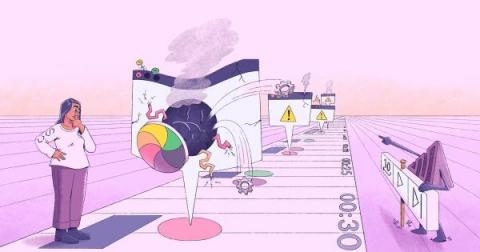Exploring Mobile Session Replay in Expo and React Native
In this video Cody with Sentry's Developer Experience team explores using Mobile Session Replay in a React Native application built using Expo. Mobile Session Replay lets developers see the way that users are experiencing applications on their devices, right along side errors, traces, and other performance information.











